Chopsticks are a familiar symbol in East Asian cuisine , used in daily meals for thousands of years. However, not everyone knows that chopsticks in each country have differences in shape, material and usage. Let's learn about the interesting differences between chopsticks of major cultures such as China, Japan, Korea and Vietnam.
1. Chinese chopsticks are long and heavy
Chinese chopsticks are usually the longest of all chopsticks in East Asian countries, about 25-30 cm. These chopsticks are often made from materials such as bamboo, wood, plastic or even metal. The characteristics of Chinese chopsticks are that they have long and straight stems, large tips and are not as pointed as chopsticks from other countries.
The longer length of chopsticks makes it easier for Chinese people to use chopsticks when eating from large bowls of food placed in the middle of the table. In Chinese cuisine, dishes are often placed on the table for everyone to share, and long chopsticks make it easier to pick up food from a distance.
2. Japanese chopsticks are short and delicate
Japanese chopsticks tend to be shorter than Chinese chopsticks, usually only about 20-23 cm long. A prominent feature of Japanese chopsticks is that the tips are sharpened. This makes it easier for Japanese people to pick up delicate foods, especially fish or sushi. In addition, Japanese chopsticks often have many elaborate decorative patterns, reflecting the sophistication and carefulness of Japanese culture.
Another unique feature is that the Japanese have chopsticks for different purposes, such as chopsticks for eating fish, chopsticks for children, and chopsticks used in traditional ceremonies. The materials of Japanese chopsticks are also very diverse, from wood, bamboo to high-quality lacquer.
3. Korean metal and flat-tipped chopsticks
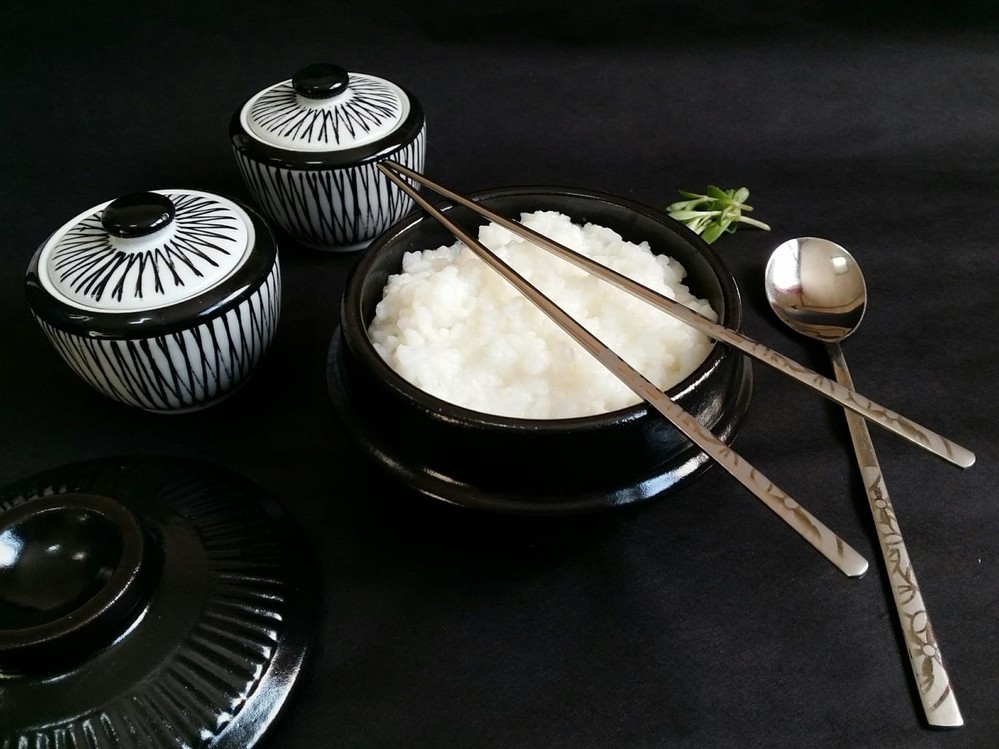
Korean chopsticks have a very different feature compared to other countries, which is that they are usually made of metal, instead of wood or bamboo. Korean chopsticks are usually short, about 20-23 cm, and have a slightly flattened shape at the tip, making it easier for users to hold.
The use of metal chopsticks originated from the eating habits of Korean royalty in the past. Kings used silver chopsticks to detect poison in food. Although silver chopsticks are not common today, metal chopsticks have become a tradition among Koreans.
Additionally, because metal chopsticks can be more slippery than wooden or bamboo chopsticks, the tips are often designed to be flat to help users grip them more firmly, especially when picking up heavy or greasy foods.
4. Vietnamese chopsticks are versatile and flexible
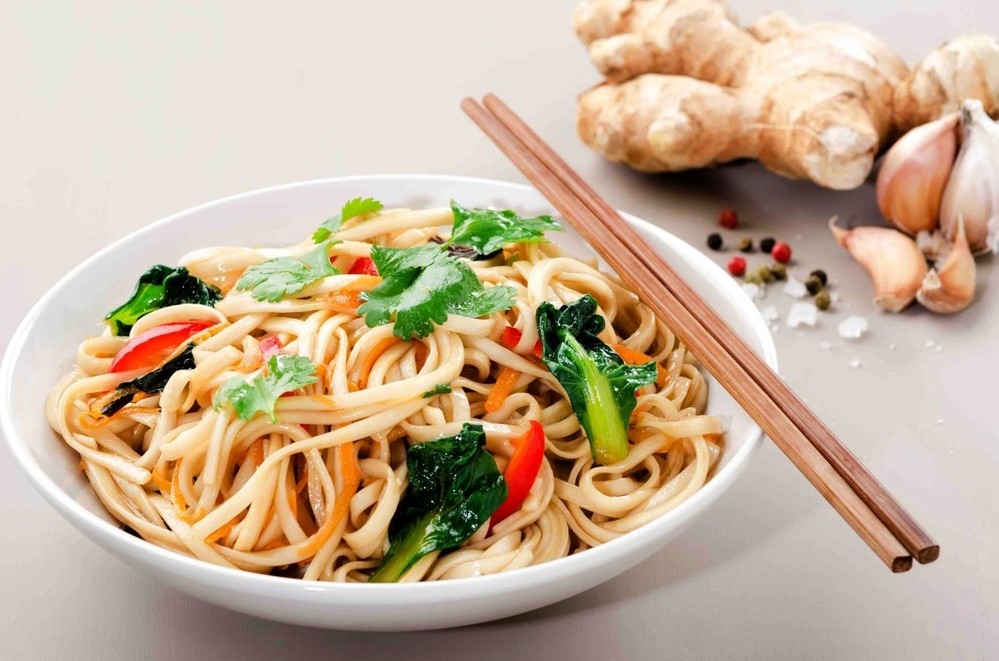
Vietnamese chopsticks are usually about 25 cm long, longer than Japanese and Korean chopsticks, but a little shorter than Chinese chopsticks. Vietnamese chopsticks have a simple design, with a slightly small and round tip, making it easy to pick up food. Vietnamese chopsticks are often made from bamboo, wood or plastic, flexible and versatile in use for different dishes.
Vietnamese people have a habit of using chopsticks for both cooking and eating. Longer chopsticks can be used to stir the pot, pick up food while preparing, while shorter chopsticks are used for everyday meals.
Cultural significance of chopsticks
Besides the differences in shape and material, chopsticks also have deep cultural meanings in each country. In China, chopsticks are not only eating tools but also symbolize luck and family ties. In Japan, chopsticks are considered a symbol of sophistication and respect in dining culture, while in Korea, using metal chopsticks brings royalty and elegance. In Vietnam, chopsticks are a symbol of solidarity and unity in family meals.
Despite the differences in shape, material and usage, chopsticks are still a common symbol of Asian cuisine and culture. Learning about these differences helps us better understand the cultural values and traditions of each country. Try experimenting with different types of chopsticks and feel the diversity of Asian cuisine through this small but meaningful eating tool.
Source: https://giadinh.suckhoedoisong.vn/su-khac-biet-ve-dua-giua-cac-nen-van-hoa-172240927153020375.htm


![[Photo] National Assembly Chairman Tran Thanh Man receives United Nations Secretary-General Antonio Guterres](https://vphoto.vietnam.vn/thumb/1200x675/vietnam/resource/IMAGE/2025/10/25/1761390815792_ctqh-jpg.webp)
![[Photo] Prime Minister Pham Minh Chinh and United Nations Secretary-General Antonio Guterres attend the Press Conference of the Hanoi Convention Signing Ceremony](https://vphoto.vietnam.vn/thumb/1200x675/vietnam/resource/IMAGE/2025/10/25/1761391413866_conguoctt-jpg.webp)

![[Photo] Prime Minister Pham Minh Chinh receives United Nations Secretary-General Antonio Guterres](https://vphoto.vietnam.vn/thumb/1200x675/vietnam/resource/IMAGE/2025/10/25/1761390212729_dsc-1484-jpg.webp)
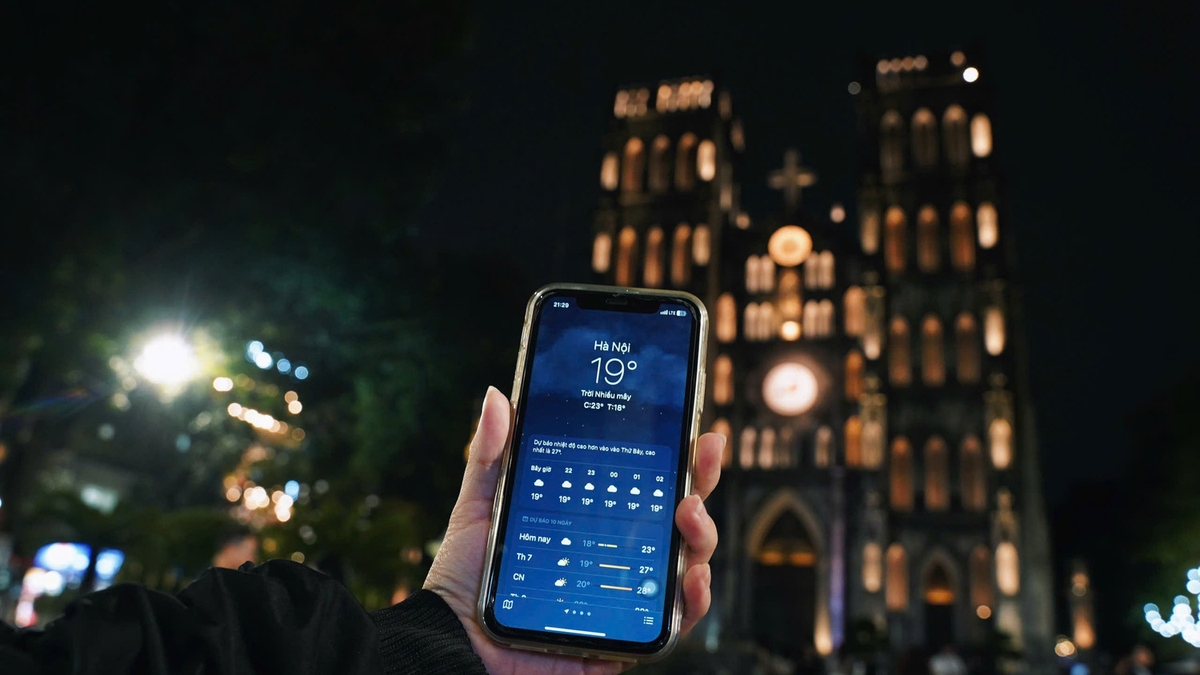
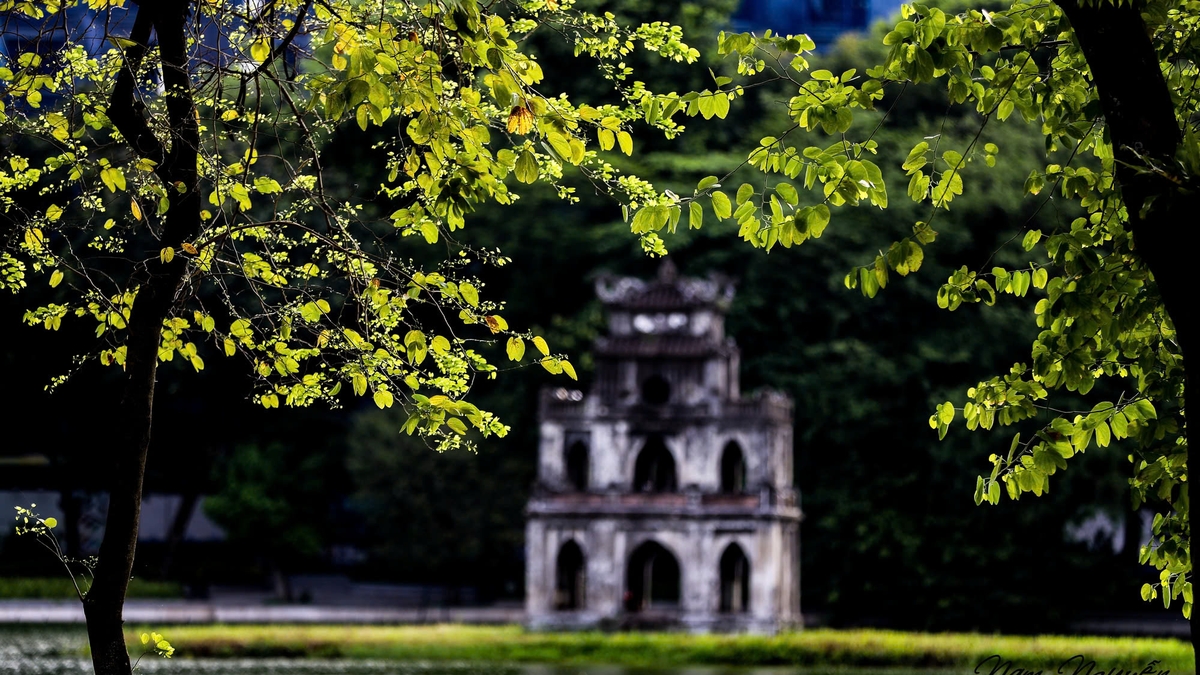
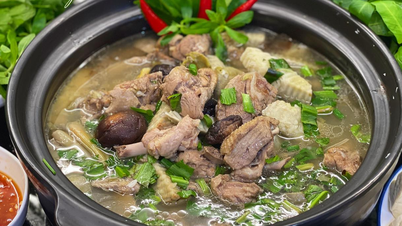

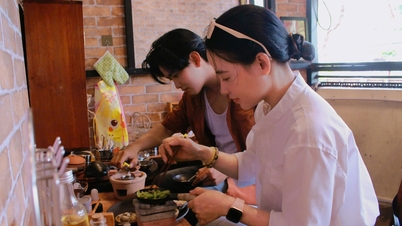

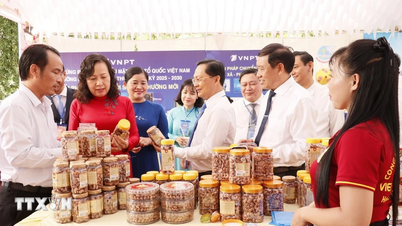

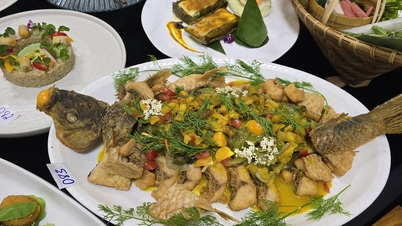


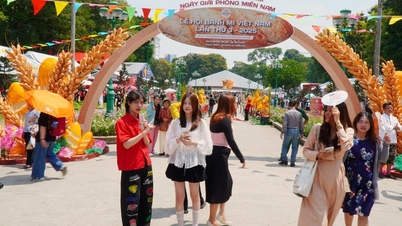





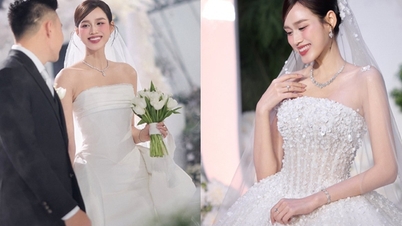
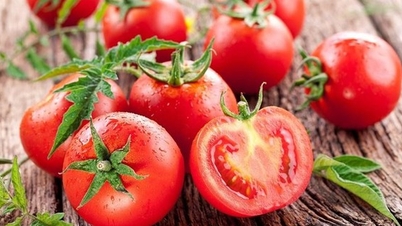
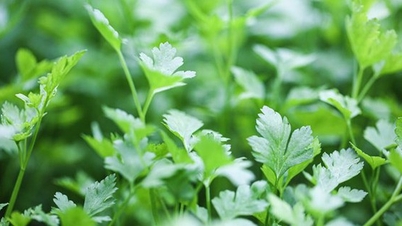



![[Photo] General Secretary To Lam meets with General Secretary and President of Laos Thongloun Sisoulith](https://vphoto.vietnam.vn/thumb/1200x675/vietnam/resource/IMAGE/2025/10/25/1761380913135_a1-bnd-4751-1374-7632-jpg.webp)






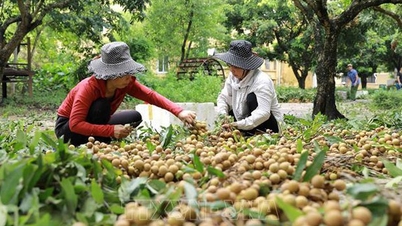







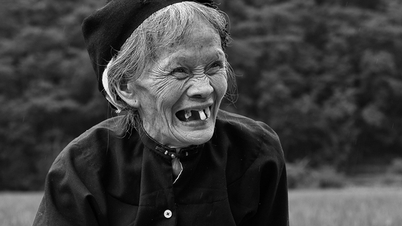


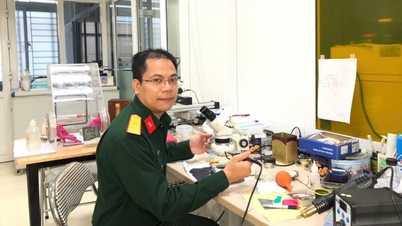

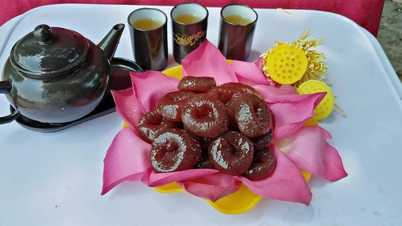


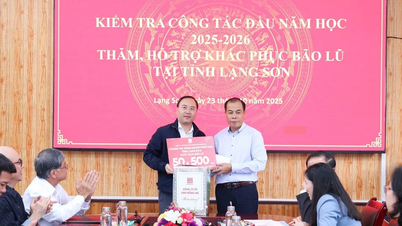

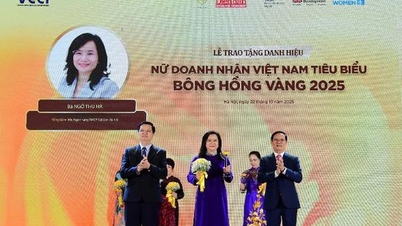



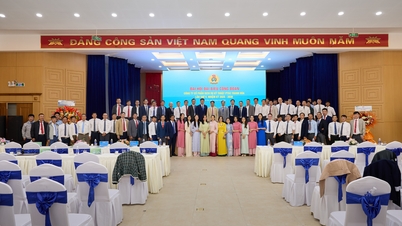


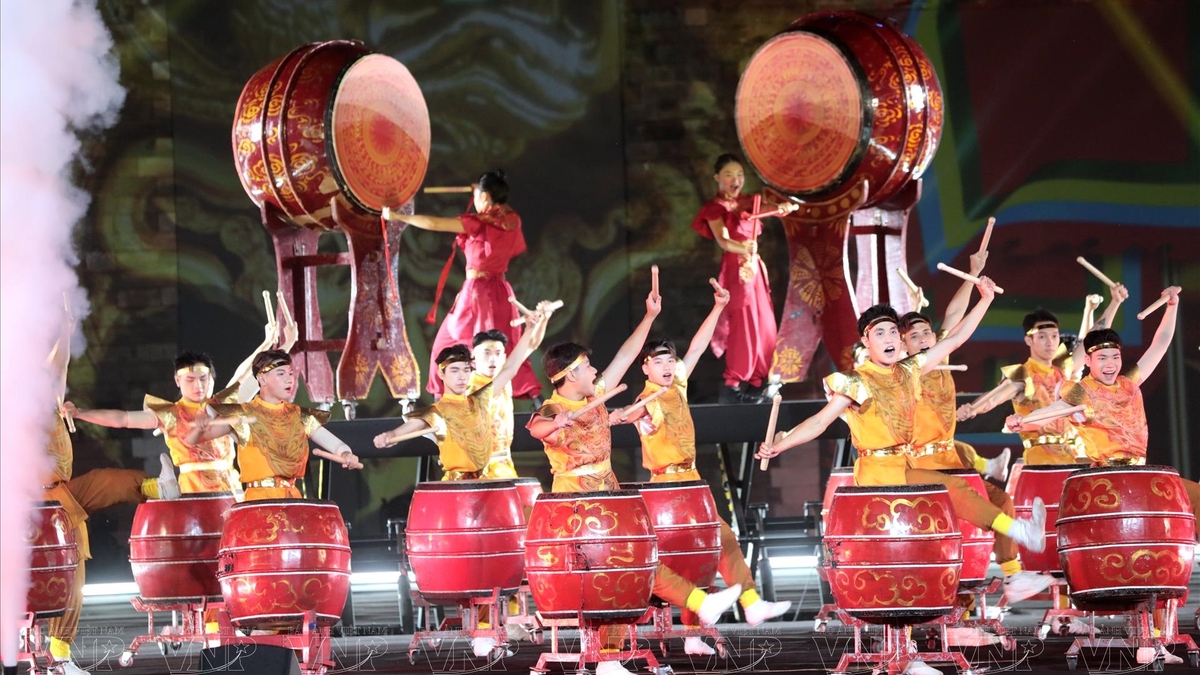
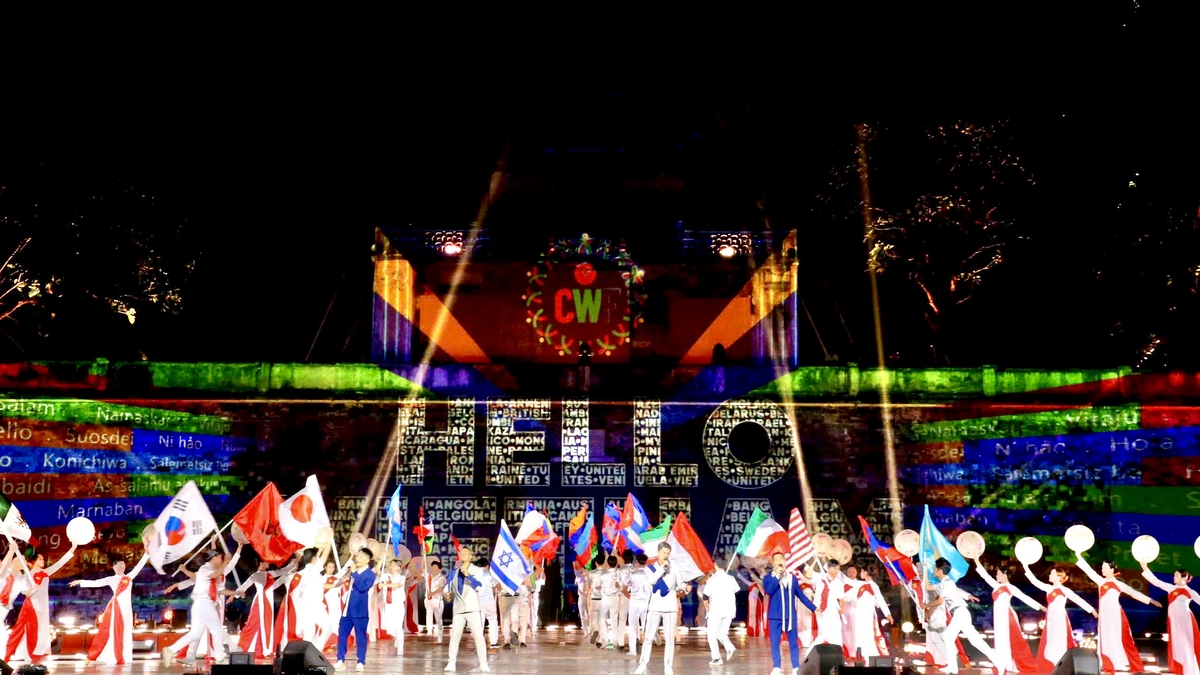



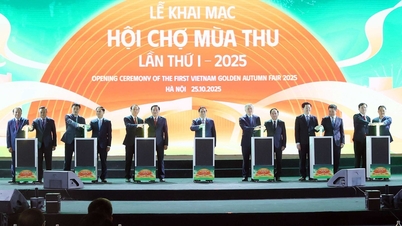



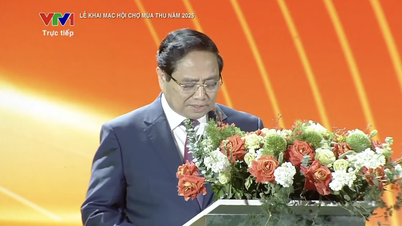




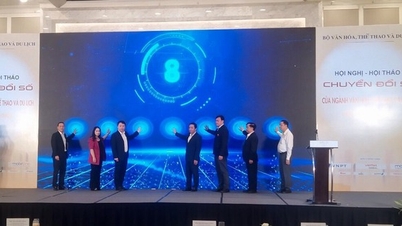





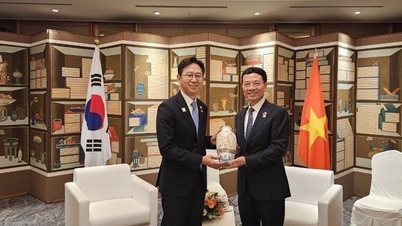
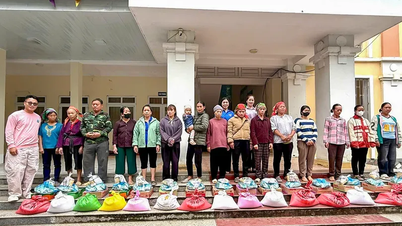

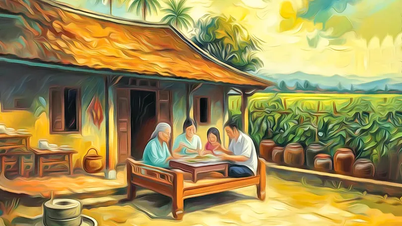
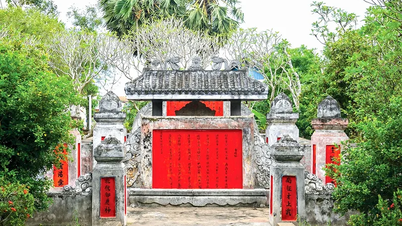
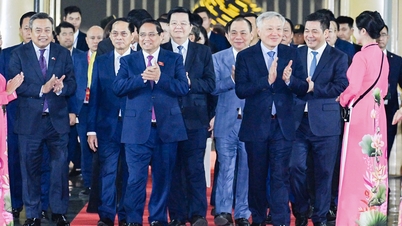












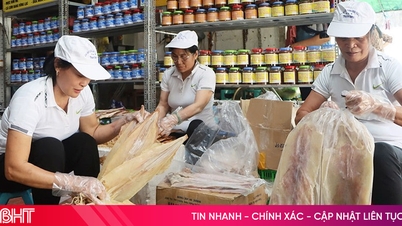








Comment (0)